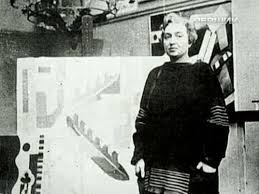
1882 - 1949
Aleksandra Ekster
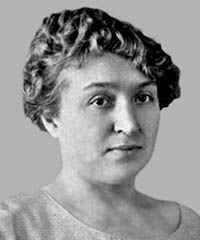
description
A talented and original Ukrainian artist, a bright and influential representative of avant-garde painting and scenography. Her career was marked by constant innovative searches, as a result of which she made a significant contribution to the development of both Ukrainian and Russian painting avant-garde, decorative and applied art and scenography.
The studio school that Alexandra Alexandrovna opened in Kyiv laid the foundations for new methods of teaching fine art. Ekster participated in most of the exhibitions held until 1925 in the capitals of Russia and Ukraine, exhibited her works in Germany, France and the USA.
She was one of the first artists to receive lifetime recognition, as evidenced by numerous articles in periodicals of various countries, in particular, an illustrated monograph written in four languages by J. Tugendhold, a famous art critic and influential connoisseur of new French art (1922, Berlin).
Key ideas:
– The artist’s early works of the 1910s, which are mainly landscapes and still lifes, show that the artist was under the strong influence of French modern painting.
– Fascinated by Cubism and Futurism through personal acquaintance with its representatives, Ekster created original compositions, often using the collage method. The artist was convinced that Cubism was an art movement that managed to make a global shift in the understanding of composition: the integrity of the plane of the painting was affirmed – the same importance was given to subject areas and spatial zones (backgrounds).
– In the author’s pointless compositions, her addiction to decorativeness and passion for naive art are noticeable – Ekster was a big fan of Anna Sobachko’s work and considered the works of the representatives of the folk art to be an inexhaustible source of inspiration.
– Concerning the historical past, the artist was interested in the constructivist-geometric art of the Etruscans – she learnt it better during her travels around Italy in 1910 and 1912.
– In the artist’s applied art, her cubofuturism found a harmonious place in the new theater – in particular, in a complete scenography for the productions of A. Tairov (in particular, “Salome”, 1917). The unusual costumes and no less avant-garde scenery created by the artist impressed the viewer with their special three-dimensionality, emphasized plastics and vivid sonority of colours. Emphasizing the innovation of Ekster, Tairov wrote that she invented a vertical scene in 1921. She replaced the canvas decoration with pure light – the most powerful non-material decoration of the production.
– Ekster was convinced that it is hard to understand contemporary art if you do not understand modern poetry: the melody of poetry is like colour in painting. She herself knew literature well, was friends with Apollinaire, Akhmatova and Livshits, Kuzmin and Gumilyov, Khlebnikov and Mayakovsky, and created illustrations for Rimbaud and Sappho.
1882
1901
1907
1909
1914
1915
1918
1923
1924
1926
1936
1949
The birth of the artist
She began to study as a free-listener at the Kyiv Art College
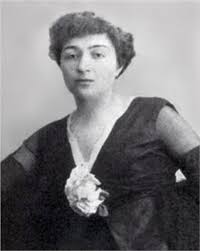
She went to Paris

Communicated with European and left-wing domestic artists

Became a member of the "Youth Union"
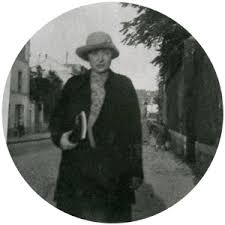
The artist showed her paintings at the radical exhibition "Tram B"
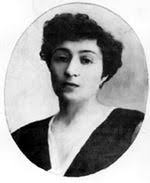
She worked as a teacher at the Odesa Children's Art School
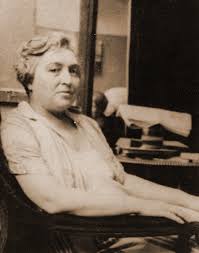
Collaborated with the Moscow atelier of fashion
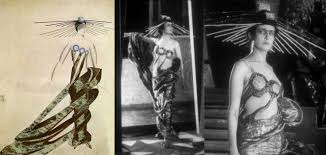
Decorated Soviet halls at the XIV International Exhibition in Venice

She taught stage design at the Paris Academy of Modern Art
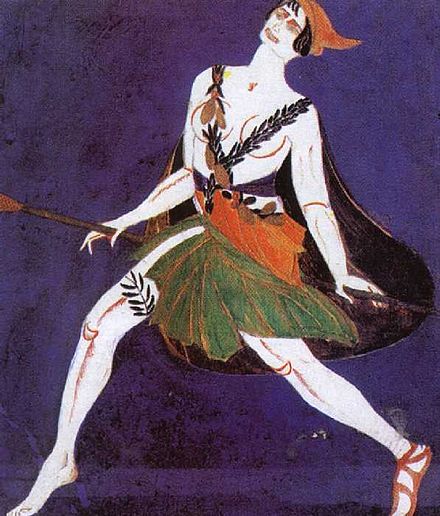
Took part in the vernissage “Cubism and abstract art”

The death of the artist

Aleksandra Ekster
On Artist
flow
Constructivism
Suprematism
Abstractionism
Futurism
Cubism
friends
Alexander Bogomazov
Robert Delaunay
Sonya Delaunay
David Burliuk
Kazimir Malevich
Olga Rozanova
Lyubov Popova
Roman Yulianovich Selsky
Margarita Ivanovna Selskaya-Reich
artists
Alexander Alexandrovich Murashko
Alexander Arkhipenko
Pablo Picasso
Fernand Leger
By Artist
flow
Cubofuturism
friends
Alexander Veniaminovich Khvostenko-Khvostov
Vadim Georgievich Meller
Aristarkh Lentulov
Ardengo Soffichi
Nisson Abramovich Shifrin
artists
Alexander Grigorievich Tyshler
Kliment Nikolaevich Redko
Anatoly Galaktionovich Petritsky
Solomon Borisovich Nikritin
Pavel Fedorovich Chelishchev
